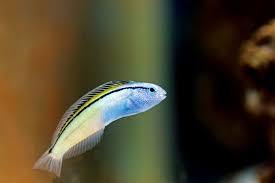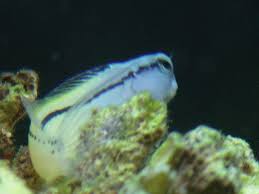
Caring for your cat’s claws is a topic that often sparks discussions and varied opinions within the veterinary and pet care community. In this article, we delve into the insights provided by veterinary experts and professionals, exploring why some endorse and others may oppose the practice of cat claw trimming.
**1. The Importance of Regular Claw Maintenance: Expert Consensus**
*Many veterinary experts emphasize the importance of regular claw maintenance for cats. Dr. Sarah Johnson, a renowned feline specialist, points out that routine nail care is crucial for preventing ingrown nails, reducing the risk of infection, and preventing damage to furniture and human skin. Most experts agree that, when done correctly, claw trimming is a responsible part of feline care.*
**2. Stress and Anxiety Considerations: Opposing Views**
*On the opposing side, some professionals express concerns about the stress and anxiety that cat claw trimming may induce. Dr. Michael Rodriguez, a behaviorist, highlights that some cats find the process distressing, leading to negative associations with handling their paws. For these professionals, alternative methods that minimize stress, such as positive reinforcement training, may be more favorable.*
**3. Individual Variability: Tailoring Approaches**
*Veterinary experts acknowledge the variability in individual cats’ tolerance for claw trimming. Dr. Emily Chen emphasizes the need to tailor approaches based on each cat’s temperament and comfort level. Cats with more sensitive paws may benefit from alternative methods, while others may tolerate traditional trimming without issue.*
**4. Alternatives to Traditional Claw Trimming: A Middle Ground**
*Dr. Christopher Lee, a holistic veterinarian, advocates for exploring alternatives to traditional claw trimming. He suggests incorporating scratch-friendly surfaces, toys, and cat furniture to naturally wear down claws. Additionally, he recommends the use of claw caps as a safe and pain-free alternative for preventing scratches.*
**5. Education and Training: The Key to Successful Claw Care**
*Many professionals stress the importance of education and training in ensuring successful claw care. Certified cat behavior consultant, Jane Williams, emphasizes that acclimating cats to paw handling from an early age can contribute to a positive association with claw care. Patient and gradual introductions to the process, paired with positive reinforcement, can make the experience more enjoyable for the cat.*
**Conclusion: Balancing Well-being and Individual Needs**
In the realm of cat claw care, there exists a spectrum of perspectives among veterinary experts and professionals. The key is to strike a balance between maintaining feline well-being and respecting individual cats’ needs and comfort levels. Whether endorsing regular trimming, exploring alternative methods, or focusing on education and training, the ultimate goal is to ensure that cat claw care is approached with sensitivity and a commitment to the welfare of our feline companions.










